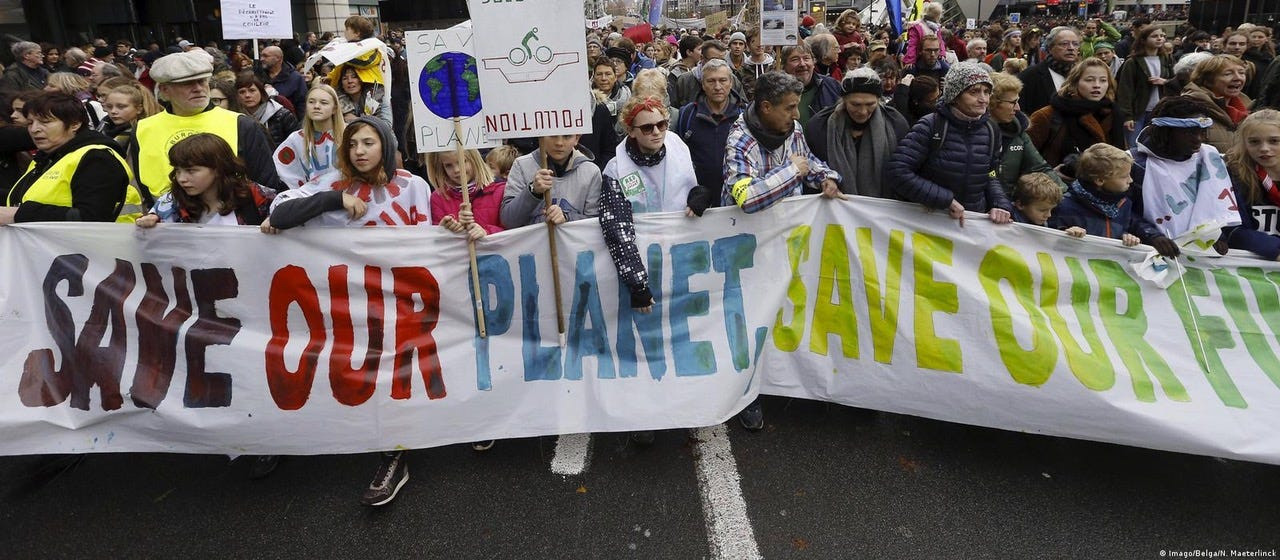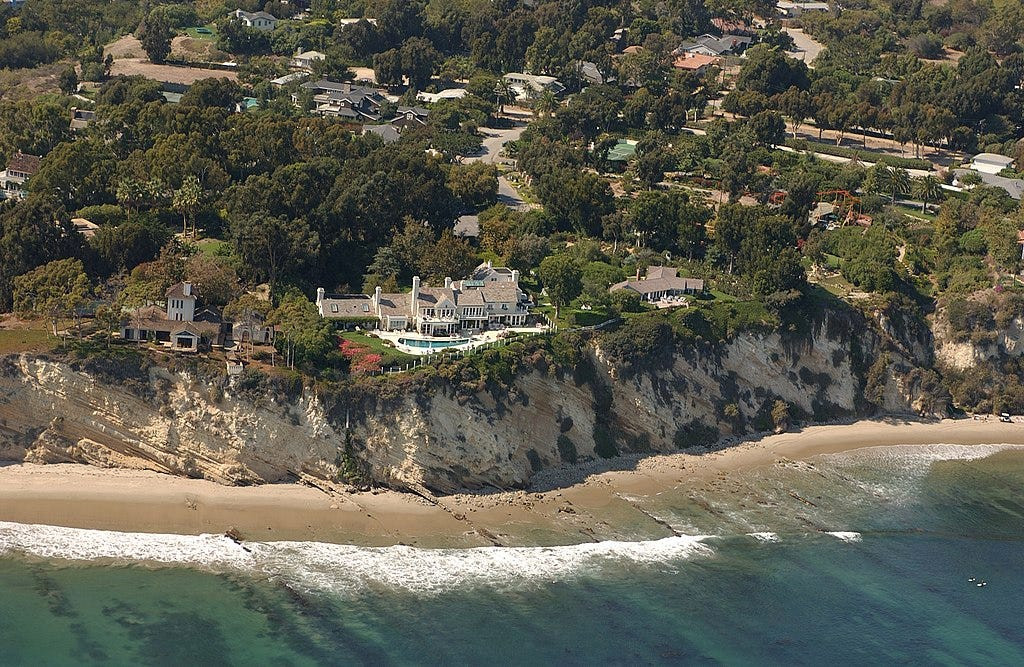The California Coastal Records Project was founded in 2002 to create and maintain a complete photographic record of the Golden State’s spectacular coastline. The goals of the project were to track coastal resource degradation, expose violations on the part of developers and property owners, and demonstrate the benefits of leveraging fast-developing internet technology to protect priceless natural beauty. Led by a husband-and-wife duo – Kenneth Adelman, photographer, and Gabrielle Adelman, helicopter pilot – the effort captured more than 12,000 photographs, taken in 500-foot increments. The couple received the 2004 Ansel Adams Award for Conservation Photography from the Sierra Club for their work.
But..
Not everybody was thrilled.
Photograph #3,850 just happened to feature the sprawling estate of a world-famous singer, actress, philanthropist, and environmental activist. Barbra Streisand’s Malibu mansion was stunning in its opulence, a fitting tribute to her spectacularly successful career. While we would be the last to criticize how somebody chooses to spend their honest day’s pay, for a person who had spent years evangelizing the need for other people to reduce their carbon emissions, the home did have a certain television-preacher-with-a-private-jet feel to it.

Streisand Effect
Although hardly anyone saw or even knew of the picture – it had apparently only been downloaded a total of six times, two of which were by her attorneys – Streisand decided it was unacceptable that this image was floating around on the internet and demanded the Adelmans remove it from their posted collection. As a sign of her determination that nobody should see her home without her permission, Streisand sued the couple in 2003 for violating her privacy, demanding $50 million in restitution. The staggering hypocrisy of it all backfired spectacularly. The story went viral and tabloids the world over splashed images of the estate for countless millions to see. Thus was born the “Streisand Effect,” defined by the Urban Dictionary as a phenomenon in which efforts to suppress embarrassing information only serve the unintended consequence of popularizing it.
We were reminded of this rather humorous affair while researching the impact last year’s global energy crisis will likely have on the long-term demand for coal, the dirtiest of the fossil fuels. In the name of reducing carbon emissions, governments across the Western hemisphere have worked for decades to suppress the production of most forms of primary energy, ultimately culminating in the severe energy crisis that began in Europe in 2021. In the years leading up to the emergency, much of Western Europe effectively ceased domestic exploration and production of natural gas – implementing a complete ban on fracking, for example – while simultaneously and preemptively closing down perfectly operational nuclear power facilities. From these foolhardy decisions did a global calamity evolve.

In an ironic twist reminiscent of Streisand’s self-defeating parade of photograph #3,850, these actions will likely result in massively more coal being burned by the rest of the world than if Europe had simply left well enough alone, all but ensuring ever-increasing global carbon emissions for decades to come. What role did coal play in resolving the recent global energy crisis? What is the future for a fuel thought to be on the verge of being phased out?
Forget the way we were, pull up a chair, and let’s review where we are headed…

